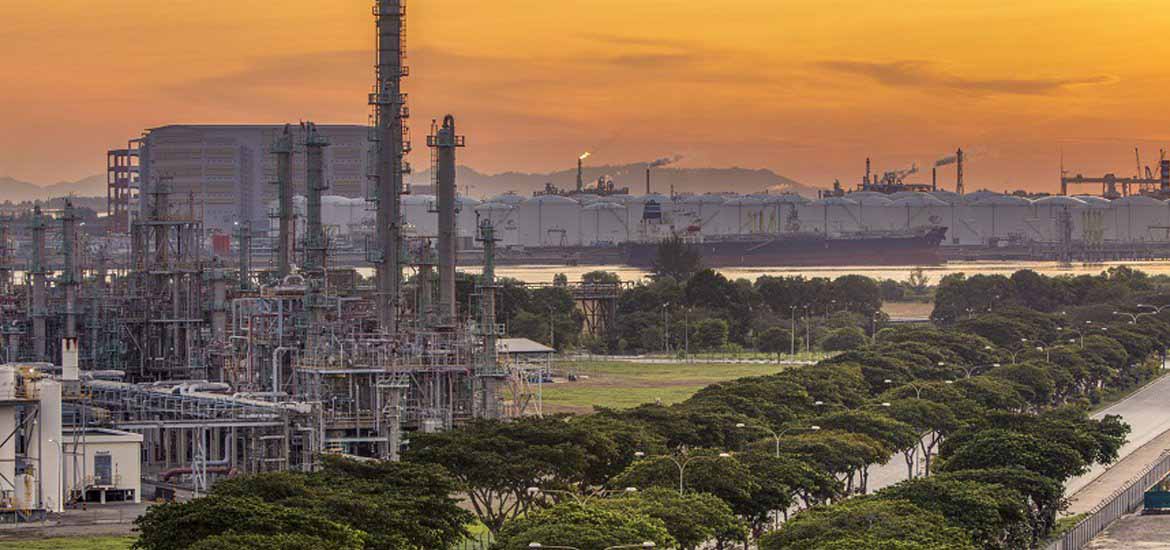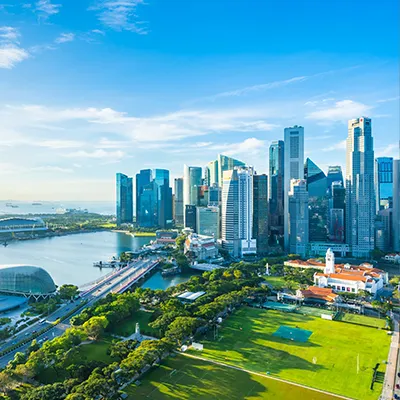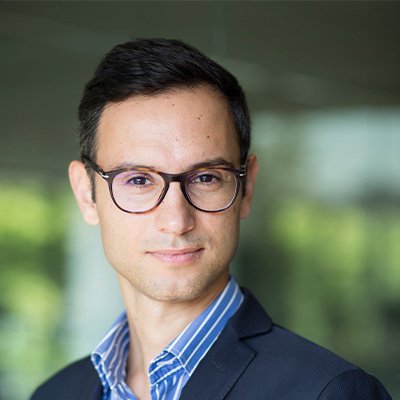The energy and chemicals industry plays a major role in Singapore’s economy. The flagship development, Jurong Island has attracted over $50 billion worth of investments. Backed by a 25,000-strong workforce, Singapore’s energy and chemicals industry ranks among the top 10 globally and is the world’s fifth-largest refinery export hub. It supplies essential chemicals for making products used in daily life, ranging from apparel to electronics.
In line with the Singapore Green Plan 2030 and a global shift towards environmentally conscious practices, companies on Jurong Island are recognising their potential to make a bigger impact. To this end, many firms are test-bedding sustainable solutions in energy, emissions, water and waste management, and accelerating efforts to create a greener future.
Here are 5 ways leading companies on the Island are reducing carbon emissions.
1. Using a Global Energy Management System (GEMS)
ExxonMobil has a continued focus on enhancing energy efficiency to manage climate change risks, while meeting the growing demand for energy and high-quality petrochemicals that are needed for everyday life. Using its Global Energy Management System (GEMS), ExxonMobil has managed to improve energy efficiency in its world’s largest integrated complex on Jurong and Jurong Island by more than 25 percent since 2002, thereby avoiding CO2 emissions equivalent to removing more than 600,000 cars off Singapore’s roads.
2. Timelier maintenance of equipment
Despite the challenging market conditions and COVID-19 pandemic, ExxonMobil also implemented various initiatives in 2020. One initiative was to enhance the wireless monitoring capability at its refining facilities to provide more robust, real-time data that allows for better identification of equipment in need of maintenance. The timelier maintenance of several heat exchangers in its refining facilities has avoided more than 7,000 tonnes of carbon emissions to date, equivalent to removing more than 2,000 cars off Singapore’s road.
3. Recovering waste heat
To improve energy efficiency, Chevron Oronite installed a steam generator to recover waste heat from its Thermal Oxidizer at the Jurong Island facility in 2018. The generated steam is used for heating purposes in the manufacturing processes. It also installed a mechanical waste steam recompression system to lower energy use at its new manufacturing unit.
4. Harnessing cold energy
SLNG is collaborating with Keppel Infrastructure and another industry partner on the Front End Engineering and Design for a natural gas liquids (NGLs) extraction facility at the SLNG Terminal on Jurong Island. The new facility will harness the use of cold energy from SLNG’s Terminal’s operations to extract the heavier hydrocarbons such as ethane or propane from liquefied natural gas (LNG). The extracted NGLs can then potentially be delivered to plants in Singapore to be used as feedstock in the manufacturing of chemical-based products. Instead of installing a separate system to generate cold energy required for the NGL extraction process, the use of cold energy from SLNG Terminal’s operation will result in power consumption savings and significant carbon abatement.
5. Enhancing existing infrastructure
Keppel Infrastructure is working with General Electric to upgrade the Keppel Merlimau Cogen (KMC), a combined cycle gas turbine generation facility, on Jurong Island. The upgrade will increase efficiency, extend maintenance intervals and abate up to approximately 20,000 tonnes of carbon emissions each year, equivalent to removing more than 6,000 cars off Singapore’s roads.
This is in line with Keppel’s Vision 2030, which supports the government’s goals to lower Singapore’s carbon footprint.
Whether it’s through new systems, tapping new technology or even enhancing existing facilities, there are many ways to achieve the singular goal of steadily transform Jurong Island into a sustainable energy and chemicals hub. Watch this space for more updates on #SustainableJurongIsland.
This article was first published by JTC. JTC is a government agency under Singapore’s Ministry of Trade and Industry that champions sustainable industrial development. Paving the way forward for Singapore’s industrial landscape, it is developing infrastructure, systems and initiatives that bridge cutting-edge technology and human skill. Keep updated on the latest manufacturing trends here.







